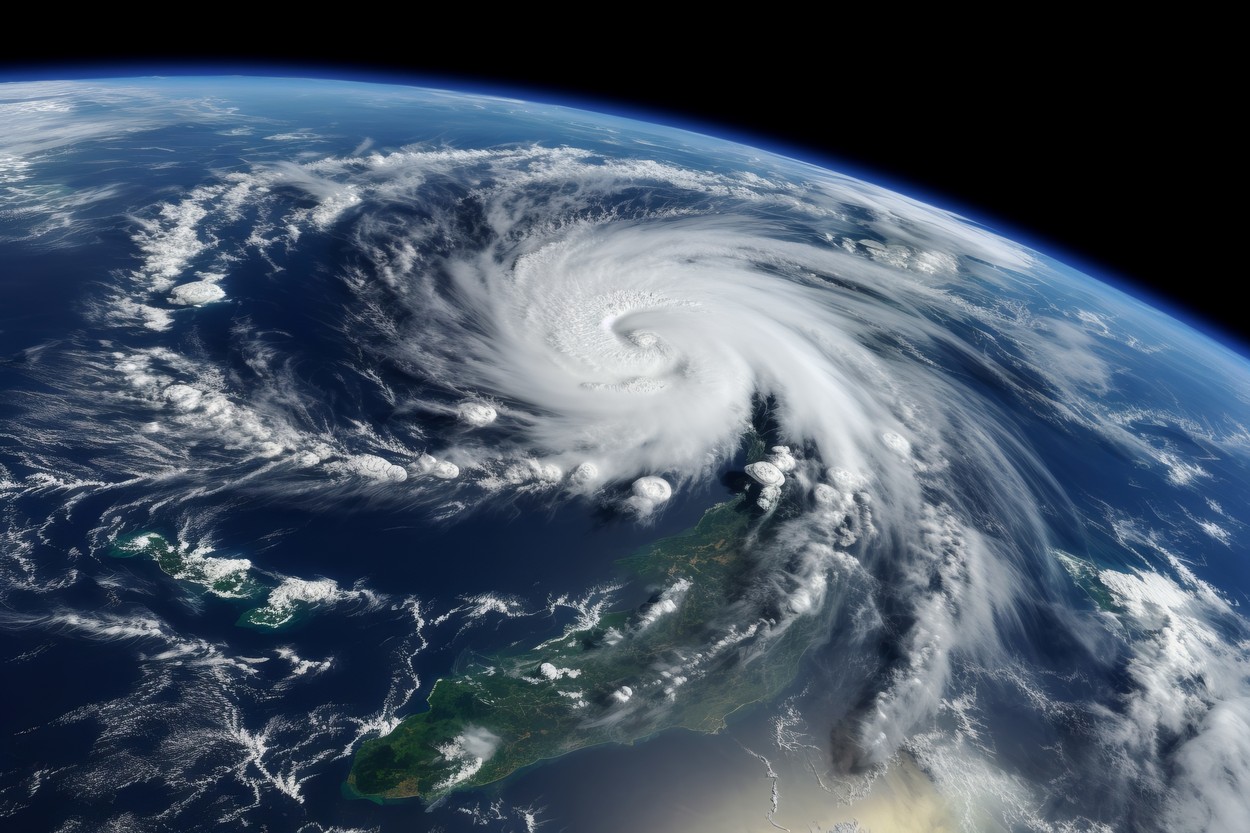200 million years ago, the supercontinent Pangea split into parts, creating a continent continents, What we see on Earth today is separated by vast oceans. It's easy to think that these massive land masses are here to stay, but it's possible that another supercontinent will form in our universe in the future. But what does this mean? Is the world fully expanding? Even better than that?

An ancient Greek temple sunken deep in Egypt's seas has been discovered, and scientists have brought amazing objects to the surface
Read more…
Read more…
It is very difficult to predict what this giant continent will look like in the future, but scientists believe that all continents except Antarctica may merge around the North Pole within about 200 million years, forming the new supercontinent “Amasia.” Alternatively, all the continents could assemble around the equator in about 250 million years, forming a theoretical supercontinent that scientists have dubbed “Eureka.”
Depending on any of these scenarios, Earth's global climate would be very different. In 2020, scientists from Columbia University's Earth Institute showed what the climates of potential future supercontinents might look like. Their study was presented online at the December 2020 meeting of the American Geophysical Union.
According to the Amasya scenario, when Earth's continents converge at the North Pole, the entire planet will enter an ice age. The current arrangement of the Earth allows heat to be transferred from the equator to the poles by winds and ocean currents, but without a land route, heat is not easily transferred. In addition, the growth of ice sheets will also act as a mirror, reflecting sunlight from the atmosphere, known as ice albedo feedback, making the planet colder.

Frightening evidence of alien life has been found, and the startling recording spreads like a virus
Read more…
Read more…
If the other scenario occurs, there will be more snowfall and the planet's temperature will drop. Land piled up near the equator absorbs strong sunlight, causing temperatures to rise. This effect will also be exacerbated by the absence of polar ice caps, which reflect heat from the Earth's atmosphere. The result will be a land mass perhaps similar to the beaches of South America, with drier lands.
source: IFL Science












































